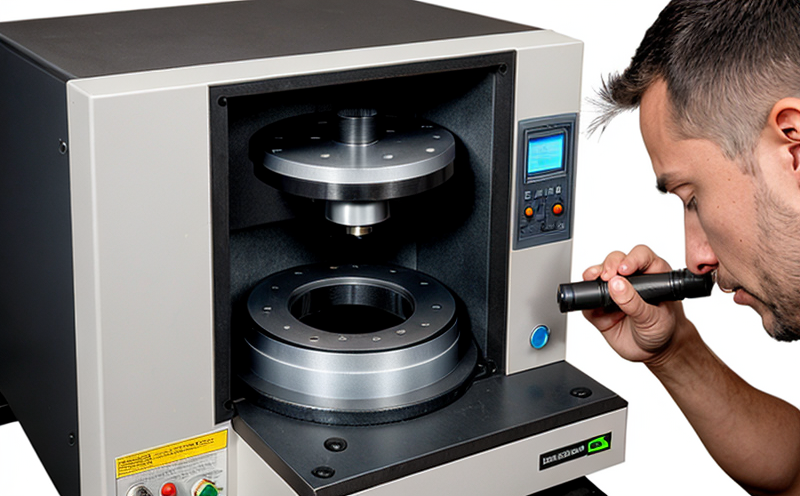ASTM B487 Measurement of Metal Coating Thickness by Microscopy
The ASTM B487 standard provides a method to measure metal coating thickness using optical microscopy. This technique is crucial in ensuring the quality and performance of coated materials across various industries, including aerospace, automotive, electronics, and construction.
Under this standard, specimens are prepared by cutting or grinding the coated material into sections that include the coating. Specimens must be polished to a mirror finish before being etched to enhance contrast between the base metal and coating layers. The etching process involves using reagents like nitric acid to reveal the microstructure of both the base metal and the coating.
The measurement technique relies on optical microscopy, where operators carefully examine the specimens under different magnifications (typically 10x to 25x). Operators must identify the boundaries between the base metal and the coating layer. Once these boundaries are located, the software calculates the average thickness of the coating over a specified area.
ASTM B487 specifies that at least five separate points should be measured along each cross-section, ensuring consistency in measurements across different areas. This approach ensures robust data collection which can then be used to verify compliance with design and performance specifications.
The precision of this method is highly dependent on the skill and experience of the operator. Therefore, rigorous training programs are recommended for personnel conducting these tests. Additionally, inter-laboratory studies have shown that while there is variability within laboratories, repeatability can be improved through standardized procedures and equipment calibration.
Quality managers will find value in ASTM B487 as it helps maintain consistent coating quality which directly impacts product performance and safety. Compliance officers benefit from this standard because it provides a clear framework for ensuring adherence to regulatory requirements related to coated materials. R&D engineers can leverage this method to optimize coating processes leading to improved material properties.
ASTM B487 also plays an important role in the procurement process as it sets expectations regarding the quality of coatings supplied by vendors. By specifying ASTM B487 during tendering, organizations ensure that suppliers meet strict measurement standards ensuring high-quality products.
Why It Matters
The ASTM B487 standard is essential for several reasons:
It ensures consistent and reliable measurements of metal coating thickness across different laboratories, which enhances confidence in the results obtained.
By providing a standardized procedure, it helps prevent errors caused by variations in testing methods between labs.
The precision achieved through this method is critical for ensuring that coated materials meet their intended performance requirements, thereby enhancing safety and reliability.
Furthermore, compliance with ASTM B487 can help avoid costly rejections during the procurement process by guaranteeing that only high-quality coatings are accepted. This reduces waste and ensures efficient use of resources throughout the supply chain.
Customer Impact and Satisfaction
Improved Confidence in Coating Quality: By adhering to ASTM B487, customers can be assured that their suppliers are following best practices which leads to higher satisfaction levels.
Enhanced Reputation: Organizations that consistently meet or exceed the requirements set out by ASTM B487 gain a reputation for excellence in product quality and reliability.
In addition, compliance with this standard helps mitigate risks associated with non-compliant products which could lead to reputational damage. It also supports long-term relationships between suppliers and customers based on mutual respect and shared commitment towards quality standards.
Environmental and Sustainability Contributions
Eco-Friendly Materials: Coatings that meet ASTM B487 are designed to be durable, reducing the frequency of replacements needed. This contributes positively to environmental sustainability by minimizing waste generation.
Reduced Waste: The standardized measurement process ensures only high-quality coatings pass inspection, leading to less reject materials and associated disposal costs.
The use of this method promotes sustainable practices within manufacturing processes by encouraging the selection of environmentally friendly coating technologies. This aligns with broader corporate sustainability goals aimed at reducing carbon footprints and promoting circular economy principles.





